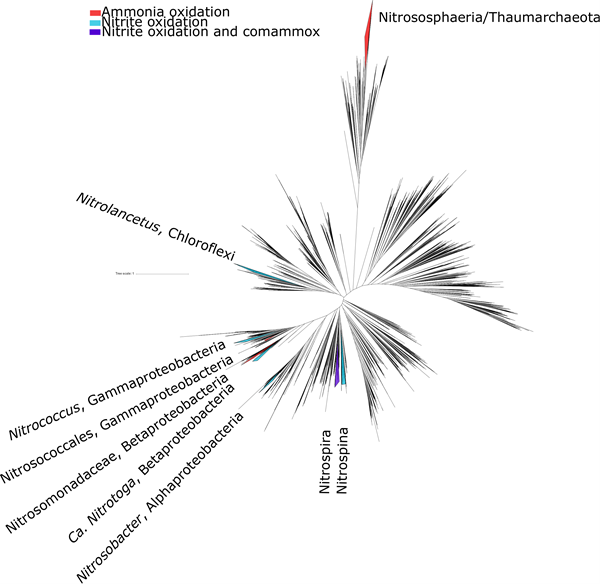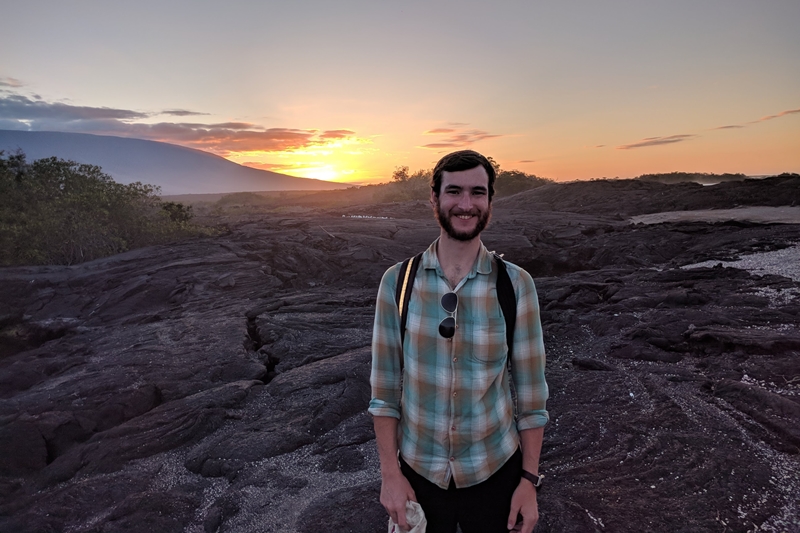Abstract:
The biogeochemical nitrogen (N) cycle is second only to carbon in size and, arguably, importance for the biosphere. The N cycle supplies fixed nitrogen for biomass while also fueling diverse microbial metabolisms, with fluxes hundreds of teramoles of N per year. N enters the modern cycle by way of reduced forms (i.e. NH3 fixed from N2 by the enzyme nitrogenase) prior to aerobic oxidation (nitrification, the oxidation of NH3 to NO2- and NO3-) and return to the N2 pool via microbial respiration processes (denitrification and anammox). In addition to supplying fixed N to build biomass, nitrification also fuels the largest non-photosynthetic flux of carbon fixation on Earth today. The N cycle has undergone massive restructuring and expansion due to the accumulation of evolutionary innovations by diverse organisms as well as response to environmental change including that associated with Earth's changing O2 budget over Earth history. Here, I will discuss investigations of the evolutionary history of the N cycle via comparative genomics, phylogenetics, molecular clocks, and other methods—focusing on the evolution and radiation of nitrifying microorganisms in association with changes in atmospheric O2 concentrations and NPP of the biosphere during Paleoproterozoic and Neoproterozoic time.


Speaker: Lewis M. Ward, Department of Earth and Planetary Sciences, Harvard University
20 September, 15:30-16:30 at Mishima Hall (ELSI-1)
Hosted by Shawn McGlynn
